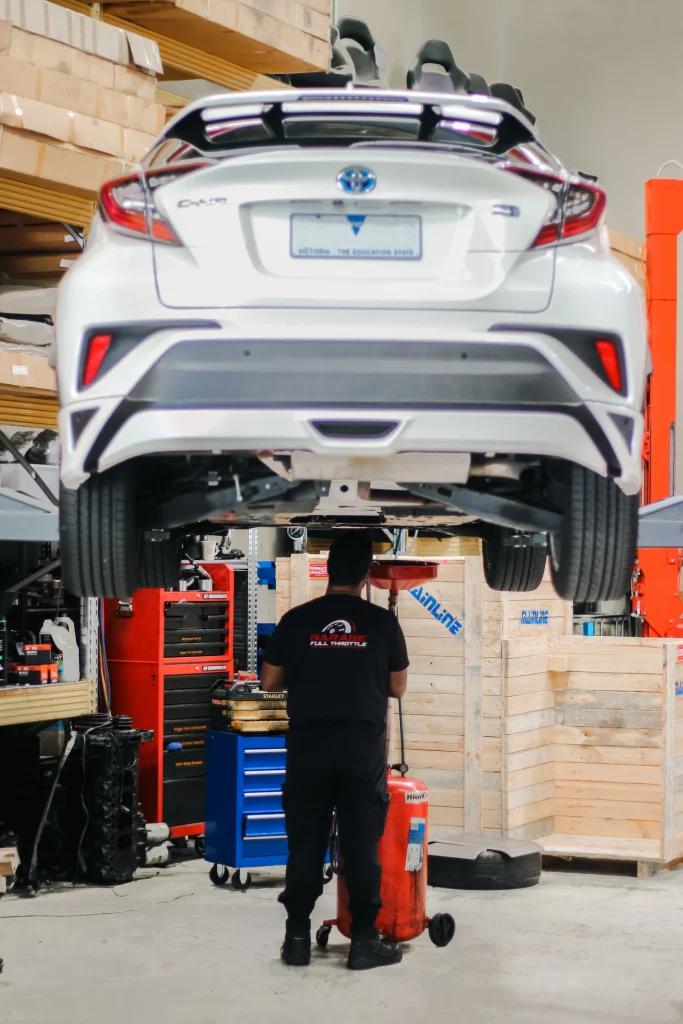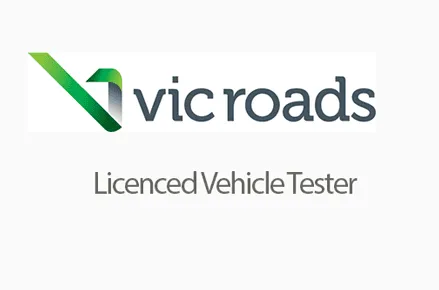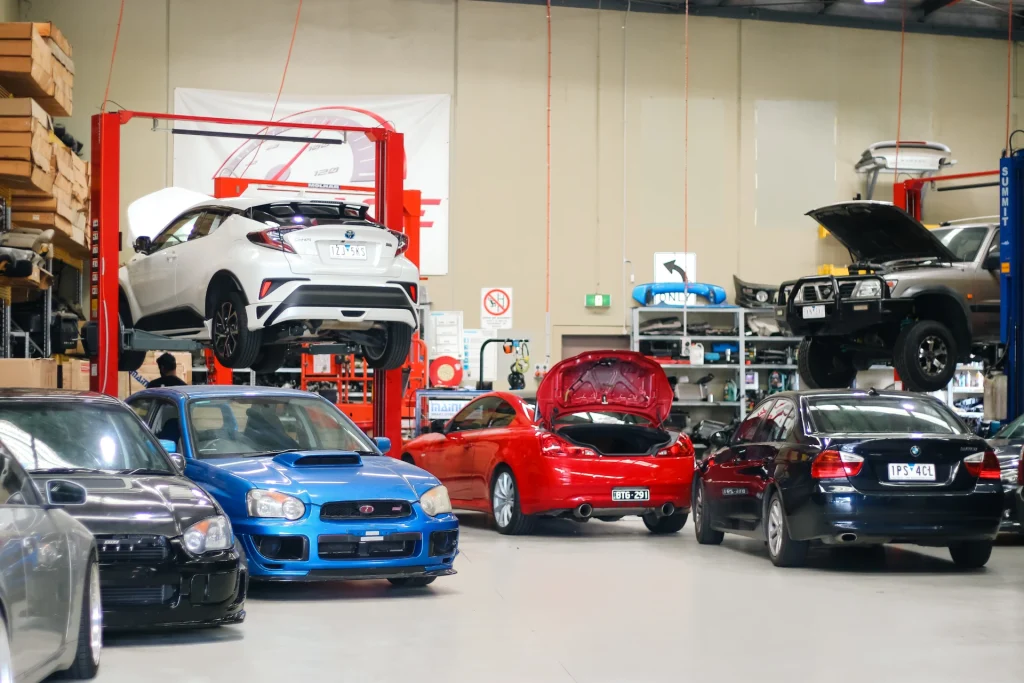If you plan to sell your vehicle or transfer its registration in Melbourne, you must obtain a roadworthy certificate (RWC). This essential document verifies that your vehicle meets the minimum safety standards required by state regulations. In this comprehensive guide, we’ll walk you through everything you need to know about roadworthy certificates, from what they are to how to obtain one.
Understanding Roadworthy Certificates
A roadworthy certificate (RWC) is a legal document that confirms your vehicle has passed specific safety inspections and meets the minimum safety requirements set by your state or territory. This certificate is crucial for several vehicle-related transactions and ensures that all vehicles on the road maintain basic safety standards.
When Do You Need a Roadworthy Certificate?
You’ll need to obtain a roadworthy certificate in the following situations:
- Selling your vehicle
- If you are the new owner and need to transfer vehicle registration
- Registering an unregistered vehicle
- Re-registering a vehicle
- Registering a vehicle from interstate ( this includes another state or country )
- If a vehicle has been given a defect notice
Technical Requirements for Roadworthiness
Before discussing common failure points, it’s important to understand the specific technical requirements that vehicles must meet to pass a roadworthy inspection. VicRoads sets these requirements to ensure vehicles meet minimum safety standards.
Wheels and Tyres
- Tyres must have a minimum tread depth of 1.5mm in all principal grooves
- Must be of the same carcass construction on all road wheels
- Must be free from deep cuts, bulges, or damage likely to cause failure
- All road wheels and rims must be free of cracks or damage
- Wheels must be securely attached with the correct number and type of nuts or bolts
Steering and Suspension
- All steering components must be free from excessive wear
- Power steering must function correctly with no significant leaks
- Suspension components must be mounted appropriately with no distortion or cracks
- Shock absorbers must be secure and function effectively
- All joints, bushes, and mountings must be in good condition
Braking Systems
- Vehicle service brakes must function efficiently
- All brake components must be securely mounted
- Brake hoses and piping must be damage-free
- Brake fluid levels must be correct with no contamination
- Brake linings must not be worn beyond minimum specifications
- Parking brakes must be capable of holding the vehicle on grades
Body and Structure
- Structural components must be free from cracks and severe rust
- All doors must be securely mounted with functioning latches
- Floors must be free from structural damage
- Mudguards must effectively contain water spray
- Towing components must be secure and undamaged
Safety Equipment
- Seatbelts must be present as required and function correctly
- Airbag systems must be operational where fitted
- All mandatory warning lights must function properly
- The windscreen and windows must be free from significant damage
- Windscreen wipers and washers must operate effectively

What Does a Roadworthy service Include?
During a roadworthy inspection, licensed inspectors at thoroughly examine your vehicle’s critical safety components. Here’s a comprehensive breakdown of what gets checked at Garage Full Throttle:
Essential Safety Components Checked:
Wheels and Tyres
- Condition and tread depth
- Wheel alignment and balance
- Rim condition and security
Steering and Suspension
- Steering components
- Suspension system integrity
- Control arms and links
- Power steering operation
Braking Systems
- Brake pad condition
- Brake fluid levels
- Brake line integrity
- Emergency brake operation
Vehicle Structure
- Body condition
- Chassis integrity
- Engine mount condition
Safety Equipment
- Seats and seatbelts
- Lights and reflectors
- Windscreen and windows
- Wipers and washers
The Roadworthy Inspection Process
Before the Inspection
To prepare for your roadworthy inspection, it’s recommended to:
- Check all lights and indicators
- Ensure windscreen wipers are functioning
- Verify tyre condition and pressure
- Clean your vehicle for better inspection access
During the Inspection
Professional inspection will include:
- Conducting a comprehensive vehicle safety check
- Examining all critical components
- Document any issues found
- Provide detailed inspection reports
After the Inspection
Following the inspection, you’ll receive either:
- A roadworthy certificate if your vehicle passes
- A detailed report of necessary repairs if your vehicle fails
Common Reasons for RWC Failure
Understanding common failure points can help you prepare your vehicle better:
- Tyre-Related Issues
- Insufficient tread depth
- Uneven wear patterns
- Damaged sidewalls
- Brake Problems
- Worn brake pads
- Leaking brake fluid
- Faulty brake lines
- Lighting Defects
- Non-functioning headlights
- Broken indicators
- Missing reflectors
- Structural Issues
- Rust in critical areas
- Damaged chassis components
- Compromised body integrity

Choosing a Roadworthy Inspector
When selecting a service provider for your roadworthy inspection, consider the following:
Key Factors
- Licensed and qualified technicians
- Modern inspection equipment
- Transparent pricing
- Comprehensive inspection process
- Professional service standards
Benefits of Professional RWC Services
- Expert Assessment
- Thorough vehicle evaluation
- Professional diagnostic equipment
- Experienced technicians
- Compliance Assurance
- Adherence to VicRoads regulations
- Complete inspection checklist
- Valid certification
- Customer Support
- Detailed inspection reports
- Clear communication
- Expert advice on repairs
Tips for Passing Your Roadworthy Inspection
To increase your chances of passing the inspection first time:
- Regular Maintenance
- Keep up with scheduled services
- Address issues promptly
- Maintain service records
- Pre-Inspection Checks
- Verify all lights work
- Check tyre condition
- Ensure the windscreen is crack-free
- Test all safety equipment
- Professional Assessment
- Get a pre-inspection evaluation
- Address known issues
- Maintain documentation

Making Your Vehicle Roadworthy
If your vehicle fails the inspection, don’t worry. Here’s what to do:
- Inspect the Report
- Understand required repairs
- Prioritize safety issues
- Get repair estimates
- Professional Repairs
- Use qualified mechanics
- Address all identified issues
- Keep repair documentation
- Re-Inspection
- Schedule after repairs
- Bring repair documentation
- Ensure all issues are resolved
A roadworthy certificate is more than just a legal requirement – it’s a crucial safety certificate ensuring all road users’ safety. Understanding the vehicle inspection process and maintaining your vehicle correctly ensures a smooth RWC inspection experience. Remember to choose a qualified inspector and address any issues promptly to keep your car safe and compliant with regulations.
Need help obtaining your roadworthy certificate? Contact our expert team for a booking today for professional RWC inspection services in Melbourne. We provide comprehensive inspections, honest assessments, and clear guidance to help you maintain your vehicle’s safety and compliance.

